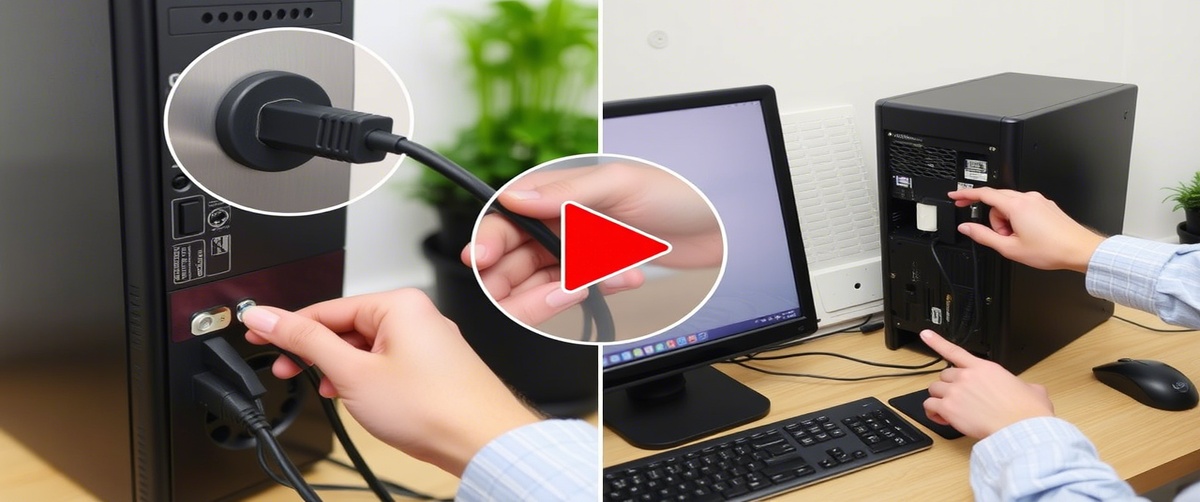An external hard drive not recognized can be a frustrating experience, especially if it contains important files. Whether you’re dealing with a hard drive issue, a faulty USB drive, or the need for data recovery, identifying the cause is the first step toward a solution. In this guide, we’ll walk you through various troubleshooting steps to restore access to your external storage device.
Common Causes of an External Hard Drive Not Recognized

Several factors can lead to an external hard drive not recognized error. Some common causes include:
- Loose or faulty USB connections
- Driver conflicts or outdated drivers
- File system corruption or unallocated space
- Power supply issues (for large-capacity drives)
- Physical damage or internal hardware failure
Step-by-Step Fixes for External Hard Drive Issues
Check the Physical Connections
Before assuming the worst, verify the basics:
- Ensure the USB drive is securely connected to the computer.
- Try using a different USB port or a different cable.
- If available, connect the drive to another computer to see if it’s recognized.
Update or Reinstall Drivers
An outdated or corrupted driver can prevent the external hard drive not recognized issue from being resolved:
- Open Device Manager and locate your USB drive under Disk Drives.
- Right-click and select Update Driver.
- If the issue persists, uninstall the driver and restart your computer.
Check Disk Management (Windows) or Disk Utility (Mac)
Sometimes, the drive may not appear in File Explorer but will be visible in disk management tools:
- On Windows:
- Press Win X and select Disk Management.
- Look for the external hard drive; if it shows as unallocated, create a new volume.
- If the drive appears but is not assigned a letter, right-click and select Change Drive Letter and Paths.
- On Mac:
- Open Disk Utility and check if the drive is listed.
- Run First Aid to repair potential file system issues.
Assign a Drive Letter (Windows)
If your external hard drive issue stems from a missing drive letter:
- Open Disk Management.
- Right-click the external drive and choose Change Drive Letter and Paths.
- Assign a new drive letter and check if the system recognizes it.
Format the Drive (Last Resort)
If your external hard drive not recognized even after these steps, formatting might be necessary:
- WARNING: Formatting will erase all data, so attempt data recovery first.
- Use Disk Management (Windows) or Disk Utility (Mac) to format the drive.
- Select exFAT or NTFS for Windows, or Mac OS Extended for Mac.
Perform Data Recovery
If you suspect data corruption or accidental deletion:
- Use data recovery software such as Recuva, EaseUS, or Stellar Data Recovery.
- If the drive is physically damaged, seek professional data recovery services.
When to Seek Professional Help

If you’ve exhausted these USB drive troubleshooting steps and your hard drive issue persists, professional repair or data recovery services may be needed.
Still struggling with an external hard drive not recognized? Don’t worry! Contact TechNow for expert IT Support Services in Germany. Our professionals specialize in USB drive repair, hard drive issue diagnostics, and data recovery solutions. Reach out today and let TechNow restore access to your important files!




